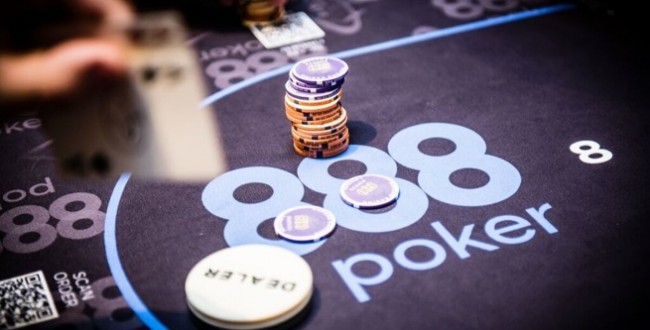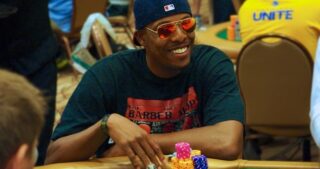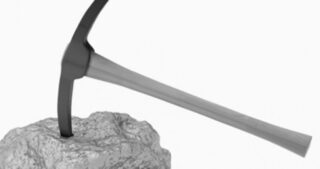If you play a lot of online poker, though, you know that short-handed play is becoming more the norm. So you'll need to adjust your play to stay competitive.
Here we'll go back to basics and explain how to adjust your starting hand ranges for short-handed games. The following is as close to “ABC” short-handed poker as you’re going to get.
Any-Position Hands
First we will look at hands that you will tend to play in any position for a raise It used to be that only hands like aces, kings, queens or A-K suited were considered hands you'd play in just about any position.
For short-handed play you'll want to expand this to all pairs tens and up and then A-Q (suited or non) and A-K.
These are hands that you’ll want to raise and re-raise with from almost any spot. The exception might be A-J or A-Q if you have a solid read against your opponent but, even then, most times you'll be flipping at worst.
Middle-Position Hands
The thinking when it comes to what hands you will battle with from middle position also shifts.
Normally, middle position hands are nines through jacks with A-Q and A-J. However, in this case, you'll want to play pairs from pocket sevens and up along with A-10 and up.
You can also throw K-Q (suited and non) into this range. With these hands you want to be opening and possibly three-betting depending on your opponent.
In a spot where you’re uncertain whether to call a raise or three-bet, call to see a flop.
Late-Position Hands
In late position you want to open with anything reasonable.
That means all pairs, all suited aces of around A-7 and up. K-Q, K-J, K-10 and even Q-J suited.
For these hands you’re mainly looking to raise. Stay away from calling raises and three-bets with these hands in late position.
The exception would be if you feel that a blind is trying to play back at your late position raise.
Blind Hands
When you’re in the blinds you want to be the first one to act but you don’t want to play complete junk.
All hands listed above are clearly raising hands but you can add pretty much any ace in the deck along with K-8, Q-9, J-10 and up.
Don’t get cute and limp in when you’re the blind. Either raise or fold.
Be Open to Adjusting Your Range
Playing short-handed poker is all about being flexible and you need to be particularly flexible with your range of hands.
There will be some games where this strategy works perfectly and you don’t need to adjust it. Other games, you might have to play a bit looser depending on how others are playing.
You seldom want to play a significantly tighter game but if you have to tighten up, drop some of the hands at the lower end of each category.
Paying attention to changing dynamics in the game will help you maximize your profits.










